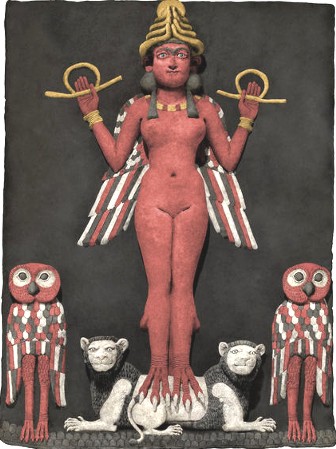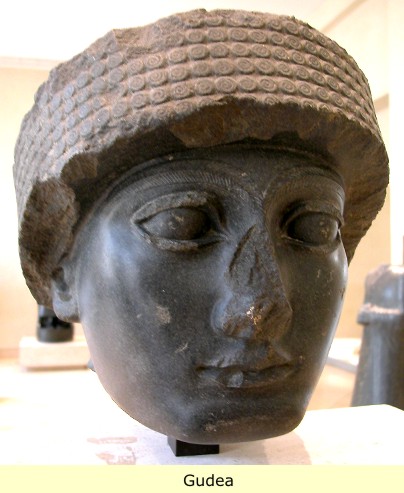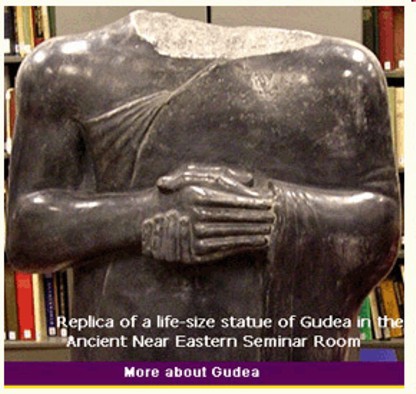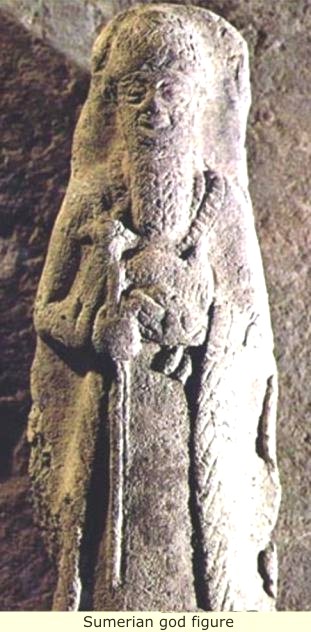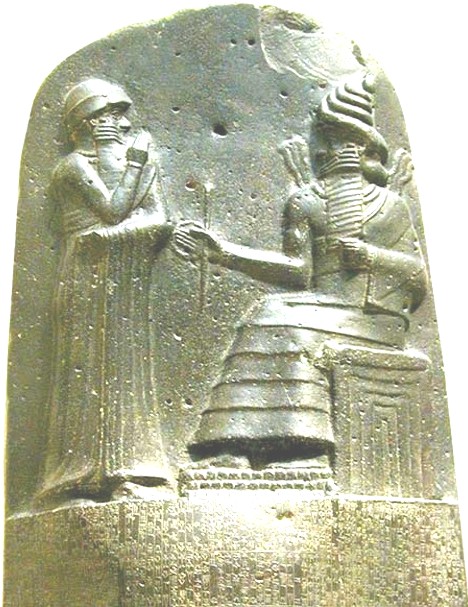
For some strange reason, the figure (Above)
or the figure (Below)
After reconstruction and repair, always winds up looking like the figure on the (RIGHT)
The problem for the "Restorer" (ha): Is that when you are starting with a Wide Nasal Base, and you wish to make a "Pointy" Nose out of it, the result can only come out looking like the ridiculous and completely unbelievable example on the right>>.
The fact that the only time we see people who look like that, is with Bogus or reconstructed figures; (Depictions on legitimate artifacts don't look anything like that), didn't seem to give pause to the "Restorers" at all. They just kept churning them out; by the hundreds, (thousands?).


